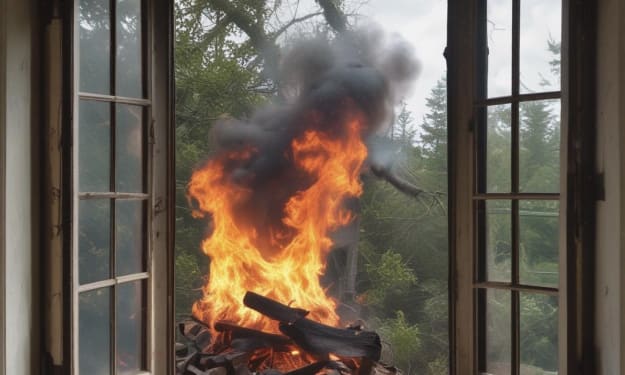The Curse of the Mummy's Tomb
Exploring the Legend, Science, and Importance of Respecting and Preserving the Treasures of Ancient Egypt.

The Curse of the Mummy's Tomb is a popular legend that has captivated people's imaginations for centuries. It is a story of ancient Egypt, where pharaohs were entombed in elaborate tombs filled with treasures, and powerful curses were placed on the tombs to protect them from grave robbers.
According to the legend, anyone who disturbs the tomb of a pharaoh or removes any of its treasures will be cursed and suffer a terrible fate. The curse is said to have claimed the lives of many archaeologists, treasure hunters, and even tourists who have dared to enter the tombs.
The legend of the Curse of the Mummy's Tomb gained popularity in the early 20th century, fueled by the discovery of several ancient tombs in Egypt by European explorers. One of the most famous discoveries was that of the tomb of King Tutankhamun by British archaeologist Howard Carter in 1922.
Carter and his team had to overcome many obstacles to reach the inner chamber of the tomb, where they found the mummified remains of the boy king and his treasures. However, shortly after the discovery, several members of the team fell ill and died, leading to speculation that the curse of the pharaohs had been invoked.
Although many people believe in the curse, there is no scientific evidence to support it. The deaths of the members of Carter's team were most likely due to a bacterial infection, and not a curse. However, the legend of the curse continues to fascinate people and has become a staple of popular culture.
The Curse of the Mummy's Tomb has been featured in numerous movies, TV shows, and books, further perpetuating the myth. The most famous of these is the 1932 film, The Mummy, starring Boris Karloff as the mummy Imhotep. The film spawned several sequels and remakes, including the 1999 film, The Mummy, starring Brendan Fraser.
While the curse may be nothing more than a myth, the tombs of ancient Egypt are still considered to be sacred places, and their contents should be respected. Many of these tombs are still being discovered, and the treasures and artifacts found within them provide valuable insights into the history and culture of ancient Egypt.
Archaeologists take great care when exploring these tombs, using the latest technology to minimize damage and disturbance. They also work closely with local authorities and communities to ensure that the tombs are protected and preserved for future generations.
In recent years, there have been concerns about the impact of tourism on the tombs of ancient Egypt. While tourism provides an important source of income for the country, the influx of visitors can also cause damage to the fragile structures and artifacts.
To address this issue, the Egyptian government has implemented measures to manage tourism to these sites, including limiting the number of visitors and providing educational programs to promote responsible tourism.
The Curse of the Mummy's Tomb may be a myth, but it highlights the importance of respecting and preserving the treasures of ancient Egypt. These artifacts are not only valuable for their historical and cultural significance but also for the insights they provide into the lives of the people who created them.
As we continue to explore and learn about ancient Egypt, we must also strive to protect and preserve its treasures for future generations. By doing so, we can ensure that the legacy of this fascinating civilization lives on, free from the superstitions and myths that have been attached to it over the years
About the Creator
Enjoyed the story? Support the Creator.
Subscribe for free to receive all their stories in your feed. You could also pledge your support or give them a one-off tip, letting them know you appreciate their work.






Comments
There are no comments for this story
Be the first to respond and start the conversation.